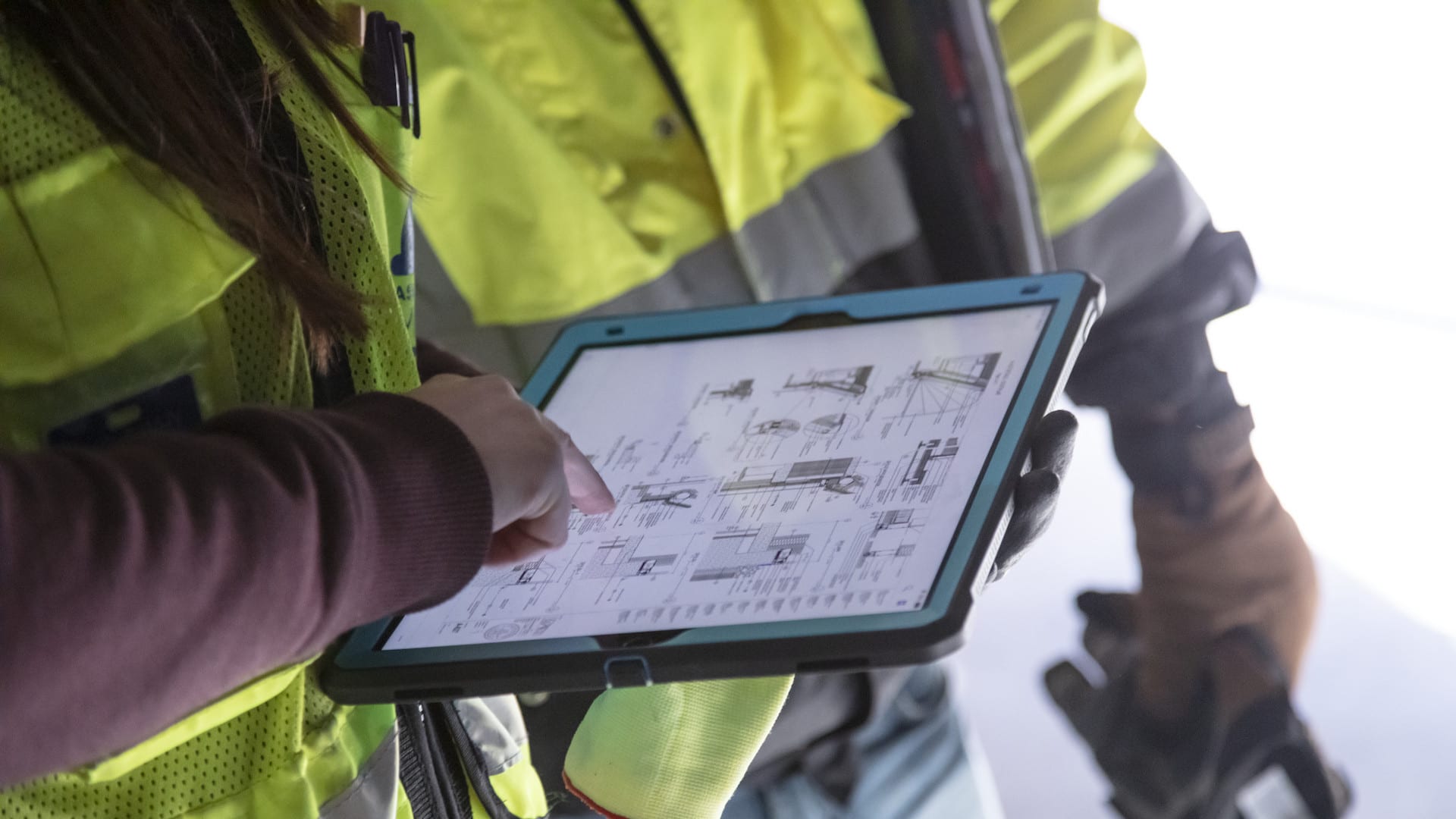Help us improve your experience. See content that is made for you!
See how IBM increased their efficiency by up to 30%!

Help us improve your experience. See content that is made for you!
See how IBM increased their efficiency by up to 30%!


It’s no secret that the construction data management industry favors general contractors (GCs) as many of the software solutions on the market today are built specifically to address their needs. This should come as no surprise given that GCs are often the ones who own the project data. Many times, they are the only ones who collect data in the field and update information throughout the project lifecycle.
However, this causes an issue for construction subcontractors who need to stay up to date with what’s going on in the field and document their own progress on the job. Though subcontractors can (and often do) create their own set of manual data, it’s not the most effective way to manage information on the job site. Working in silos can cause issues when teams try to communicate with one another, which can lead to costly delays. It is vital that there is a single source of accurate and timely data for all project teams to access.
The best way for subcontractors to have more control over their data is to own it themselves. Keeping accurate real-time data in a digital data management platform that is accessible by the entire team allows subcontractors to ensure everyone is on the same page and working from the same set of information.
When it comes to data in construction, ultimately, this equation is key: Quality of Construction Data = Quality of Project.
Quality projects run off quality data. Data informs smart decisions, makes a project more efficient, and provides projections going forward. When key information is missing, that’s when mistakes–and ultimately costly and time-consuming rework–are increasingly likely to occur.
Data can streamline your projects and improve your processes. To make sure you get all the information you need, it’s essential to have a strategy and the right tools that will help you collect and use data that contributes to the quality of a project–and even improves safety.
“The benefit of capturing data lies in the ability to make proactive changes that affect the bottom line of the job in progress. The last thing you want is to look back and say, ‘If I’d only known that a month ago,’” says Scott Jennings, P.E., principal of SJ Construction Consulting, LLC, who has worked across the U.S. with hundreds of contractors for more than 25 years.
When it comes to construction project data, it is only helpful to subcontractors if they can use it to support their work. In order to be valuable to subcontractors, project data needs to be:
Accurate, portable, and accessible data helps subcontractors ensure that there are no surprises on the job site. It improves communication between team members and across teams, helping to avoid miscommunications or errors that are the result of outdated or lack of information. By having the ability to update this data on the job site, subcontractors can ensure that their work has been documented.
Lacking data or having poor data has resulted in mistakes and projects getting off track. But when a construction team has access to the correct data when they need it through digital technology, it can boost productivity and save on labor hours.
Real-time data has brought different parts of a project together so there is more teamwork instead of disconnected pieces. Through data, different contractors and the owners can work together better and see every piece of the project and how the different pieces are interrelated.
Technology specialized to the needs of the industry allows construction companies to gain more access to high-quality data in real-time. This allows them to look at all of the separate parts of a project at once, analyze and make any adjustments that need to be made to improve outcomes.
Data collection is more important than ever in society and in the construction industry. It can help teams bring the different parts of a project together, make a job more efficient, and give real-time information that helps with project planning and progress. Want to learn more about how specialty contractors can use data and technology to improve project outcomes? To learn more, download the ebook today.

May we collect and use your data?
Learn more about the Third Party Services we use and our Privacy Statement.May we collect and use your data to tailor your experience?
Explore the benefits of a customized experience by managing your privacy settings for this site or visit our Privacy Statement to learn more about your options.